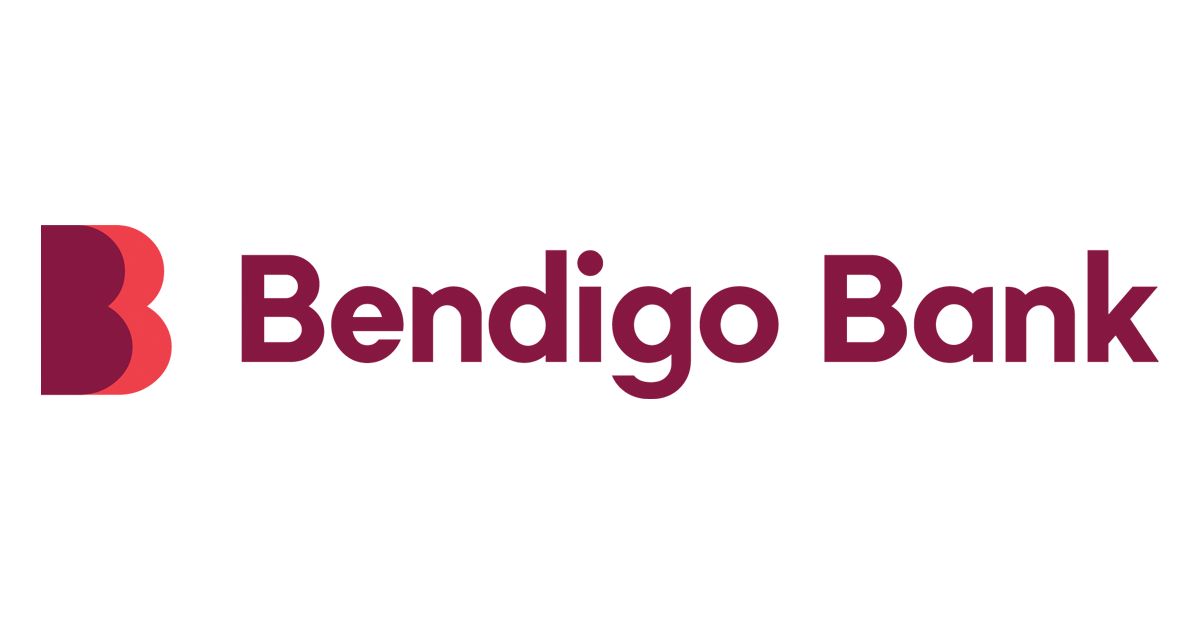Home loan pre-approval is an initial conditional approval for a mortgage you can receive from your lender. This gives you an indication of the amount they’d be willing to formally approve based on the information you’ve provided, such as your financials.
Essentially, pre-approval indicates that your profile is suitable enough to meet all their eligibility criteria. However, being pre-approved doesn’t always automatically mean you’ll be formally approved under the same terms (more on that later).
Pre-approvals are most often provided before bidding or making an offer on a property, as it can give you an idea of how much you’ll be eligible to borrow and therefore provide a budget for you to go shopping with.
How to get pre-approved for a home loan
- Compare your options: before you send your application off, you should take the time to compare lenders and find the one best suited to your needs (which we can help you do).
- Apply online, in-branch or over the phone: these are the most common ways to apply for pre-approval these days.
- Provide information about yourself: tell your lender about you, your job, finances, existing assets and more so they can paint a clear picture of you as a borrower.
- Supply supporting documents: ID, payslips and bank statements will all be required to process your pre-approval.
- Complete the form and submit it: once you’ve provided all the details required, send it off to your lender.
- Await pre-approval: from there, all you’ll have to do is wait until you get the go-ahead from your lender that you’ve been pre-approved.
What factors impact my chances of pre-approval?
Your lender will consider a wide range of factors when assessing your application for pre-approval, all of which will be assessed when you formally apply as well. Here’s what they’ll be looking at:
- Your income: one of the most important things to establish is how much you’re earning and how you’re earning it (such as if you’re full-time, part-time, self-employed, casual or a combination of two or more).
- Your expenses: of course, your expenses are just as important as your income, as they’ll help your lender determine what’s affordable for you.
- Your savings: this will show not only how much discipline you have in managing your money but also the amount you’ll be able to put forward as a deposit.
- Your credit score and history: your credit score is a clear indicator of how reliable you are as a borrower. Having a spotless record will maximise your chances of pre-approval, while late payments, defaults and even bankruptcy will harm your score and approval chances.
- Your employment history: a record of consistent employment in one place for an extended period points to stability in your life and finances and therefore can boost your chances of approval compared to someone with several job changes in quick succession.
- Your current assets: what else do you own? Are you already a property owner? Perhaps you have one or more cars registered in your name. These can be a big plus for your application.
- The property you’ve chosen: lenders also consider the type of property, its value and its location if you already have a home in mind.
How long will my pre-approval last?
Pre-approvals can last up to 90 days, depending on your lender. Some lenders may only make theirs valid for 30 to 60 days, but this still gives you plenty of time to shop around for the right property to fit your budget.
If your lender offers pre-approvals for up to 90 days, it also means you won’t have to go back to them so often to update or renew it once it runs out.
What are the benefits of home loan pre-approval?
There are plenty of pros when it comes to getting pre-approval for your mortgage. Some of the main ones include:
- Gives you an idea of your budget: you might have an idea of how much you can afford, but that might not jive with what your lender thinks. They can use complex calculations to determine what market you can shop in, as well as let you know what rate you might receive.
- Allows you to bid with confidence: rather than umming and ahhing over what you can afford, you can confidently offer up to your maximum limit and know when to stop.
- Shows you’re a serious buyer: auction bids or offers made by pre-approved individuals or couples are generally seen as carrying more weight. Some vendors prefer offers from those with conditional approvals, as they may feel more confident in your ability to settle.
- Can help speed up your loan approval: if you’re already armed with your pre-approval and secure your home purchase, it may be quicker to process, as your lender will already have an indication of your financial position.
- No cost to you: you don’t have to pay a lender a cent for a mortgage pre-approval, so it’s easily accessible for anyone looking to make moves in the property market.
How long does it take to get pre-approved?
Although the formal process of buying a home can last between four and six weeks in most cases, pre-approvals can often be signed off on within a few business days, sometimes as soon as the same day you apply.
There are a few reasons for this, but the main one is that because it isn’t a formal application, lenders won’t go into as much detail when assessing your profile. Pre-approvals are only intended to be indicative, so there won’t be as much riding on the approval from their perspective.
However, there’s a range of factors that can impact the speed of your mortgage pre-approval, including:
- The complexity of your profile (such as your credit score and income source/s)
- Whether you supply all the correct information
- Whether your lender needs more documents or details
- How quickly you respond to your lender’s requests
- Your lender’s workload
The information and documents you’ll need for home loan pre-approval
What you’ll need to provide will ultimately depend on who you apply with, as different lenders will have different requirements. These include:
- Photo ID (such as a combination of two or more of your passport, driver’s licence, Medicare card, birth certificate and more)
- Payslips (your last two consecutive)
- Bank statements (usually three months of transaction and savings account statements)
- For self-employed applicants, personal and business tax returns from the last one to two years
- Information on the assets in your name (such as property or vehicles)
- Information on your current liabilities (such as other personal, car or education loans)
Are there different types of pre-approval?
Yes – there are two main types of pre-approval that your bank or lender will offer you: system-generated and full assessment pre-approvals.
System-generated pre-approval
The quickest type of mortgage pre-approval available, this can provide you with conditional approval automatically based on the information you provide in an online form. While this can give you pre-approval in a matter of minutes, which may be necessary to make an offer or bid on a house, it’s important to understand that the lack of human oversight means it’s less likely to be 100% accurate and indicative of the loan you’d receive.
This may go both ways: you could be falsely pre-approved when your full application would be denied by a lending specialist or falsely denied because the online engine wasn’t able to consider the nuances of your application properly.
Full assessment pre-approval
A full assessment pre-approval is conducted by a specialist at a lender or bank and is a more thorough review of your application and profile as a whole. You’ll have a set of human eyes looking over your finances, analysing your bank statements and credit file to help paint a more accurate picture of you as a borrower.
As you’d expect, this will likely take more time, from a few hours to a few business days (depending on the complexity of your application), but it’s seen as a more reliable reflection of your borrowing capacity and the terms you’d receive. As a result, this can give you more confidence when it comes to shopping around and making offers to buy.
What to do before applying for pre-approval
- Gather your documents: check with your lender or mortgage broker about which documents you need and make sure they’re all correct and properly compiled before you start the process.
- Check your credit report: have you ever cast your eye over your credit report? It’s worthwhile doing this, as you might pick up on errors that could be affecting your score or other issues that need addressing.
- Assess your budget and expenses: now is as good a time as any to take stock of where your money is going. If you have streaming or gym subscriptions you don’t use, cancel them and free up more room in your budget.
- Compare lending options: although you don’t have to go with the same lender for formal approval, it’s worth taking the time to consider which one offers the best product and, importantly, whose criteria you meet.
Does pre-approval guarantee that I’ll be formally approved?
No – pre-approval is called conditional approval for a reason. Lenders don’t give any guarantees, as all applications are subject to the formal assessment and approval process. This means that while you may be pre-approved, your formal application may be rejected for one reason or another.
There are several reasons why this might happen, such as:
- Your financial situation has changed since you were pre-approved: if your savings have been depleted or your disposable income is lower than when you were pre-approved, your formal application may be rejected or only approved for a lower sum.
- Your employment has changed: lenders want to see job stability, as we spoke about earlier, so if you’ve moved into a new position and are under probation, this may have an impact on your eligibility for the loan you’re after.
- Your credit score has changed: a decrease in your credit score could count you out for the loan you want. For instance, missing repayments on your bills or defaulting on a loan will affect your approval chances.
- Your pre-approval missed something: it may be something as simple as not diving deep enough into your profile to begin with that could result in rejection, as there’s more information at your lender’s disposal now.
- Your lender doesn’t like your property: even if your profile is still good, your lender may not follow through on the pre-approval because they deem your property too great a risk. This might be the case if it’s very rural or is in a flood or disaster-prone area.
What should I do if my pre-approval application is rejected?
The simplest thing to do if your application for mortgage pre-approval is rejected is to ask why. Lending specialists will usually explain the reasons for their decision, but knowing exactly what it is that caused you to be denied so you know what areas to improve upon in future.
What you shouldn’t do is send out pre-approval applications to several lenders at once in the hope that at least one sticks. Each time you apply, it’ll be recorded on your credit file, so multiple applications in quick succession could negatively impact your score and affect your chances of approval.
Take the time to address the issues on your file and, perhaps more importantly, find a lender whose criteria may be flexible enough for you to meet. This is where Savvy can help you out: our friendly consultants will put in the legwork to match you with a lender on our panel and lock in the best available deal for your situation.
Can a mortgage broker help me with pre-approval?
Yes – when you apply with a mortgage broker, you’re putting your application in the hands of an expert. Brokers understand their panel of lending partners inside and out, so they’ll have an idea of how to prepare your application with the best chance of approval.
They’ll look at your profile in the same way a lending specialist would and, knowing their lenders’ criteria, can prepare and submit your application with the provider they believe is the best fit for you.
It isn’t just pre-approvals, though; there’s plenty of work that goes into the formal application process, so having a broker by your side to do all the heavy lifting for you can be a great help. That’s before we talk about the other benefits, like negotiating better deals on your behalf.
That’s where Savvy can help you out. Our consultants will work with you to find the best deal on offer for your situation and make the process a smoother one. You can get the ball rolling with us today with a free, no-obligation quote!
Types of home loans
Why apply for a home loan with Savvy
Help throughout the process
You'll be matched with an experienced mortgage broker who'll handle all the hard work for you from start to finish.
Trusted lenders
With a panel of reputable mortgage lenders, you can rest assured you'll be comparing high-quality options with your broker.
Paperless quote process
You can fill out a simple online quote via our form without having to worry about sorting through heaps of paperwork.




























